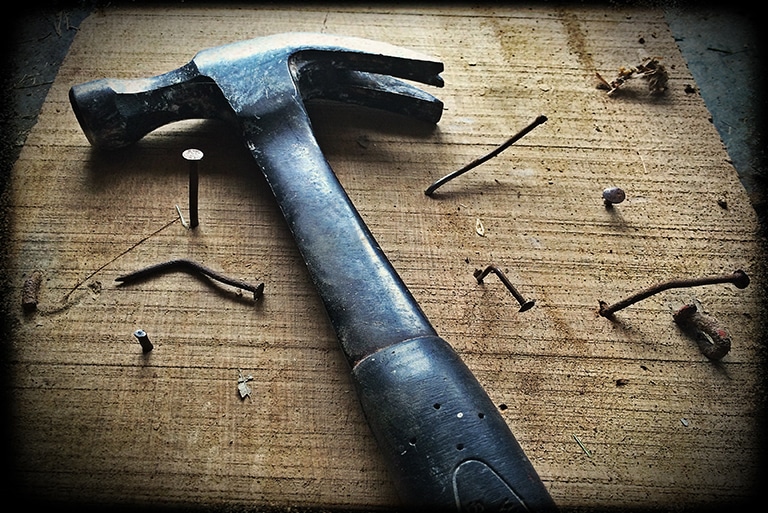Nothing causes anxiety quite like an expensive emergency repair. However, most “emergencies” are a lot more preventable than you may think.
It’s true that you can’t avoid your church building’s roof, foundation, plumbing and electrical systems from ever failing. But you can anticipate those failures, plan for them and address problems in their infancy before they become severe — and much more expensive to fix.
Doing so isn’t as hard as you might think.
Step One: Get a Property Inspection
Most people think property inspections are only for when you’re buying a property. Not so. The same logic applies to the building you own as to the building you’re buying. In either case, don’t you want to know what’s wrong with it so you can fix it?
A property inspector can do a thorough review of your structure and find the hidden problems waiting to become big ones. An inspector can also put an expiration date on things you know won’t last forever, such as the roof and siding. In short, an inspection can tell you what you don’t know that you need to know, and serves as a road-map for future repairs.
Step Two: Create a Budget
With the inspection report in hand, you’ll know what needs repair now, what can wait and for how long.
This lets you create a prioritized list. At the top of the list should be health and safety issues. Then come cosmetic issues. Put dollar amounts and due dates next to each item.
The totals might look frightening. But it’s better to know now if you’ll need $30,000 in six years for a new roof. That gives you time to set money aside. If you find out the parking lot won’t last through next summer, you can look at delaying other expenses to free up money.
A plan lets you budget strategically.
Step Three: Hire Well
When you see those repair costs, you’re going to feel tempted to DIY your list. That temptation will grow stronger if you have a congregant who says they’re handy enough to handle the plumbing overhaul or roof repair. Resist that temptation.
Handing the task to an earnest but unqualified volunteer is a fiasco waiting to happen. If they don’t have the time or resources, they might have to do the work in phases, or they’ll leave it undone, which just makes it worse.
If you want to cut costs, try tapping into your network of other churches to see if other congregations need the same work done. You can negotiate a group discount.
Step Four: Repeat
You don’t need a new property inspection each year, but you should walk through the building and reevaluate the most current inspection report. Have conditions deteriorated? Stayed the same?
As you do that, make note of everyday maintenance issues — caulking around sinks, clogged gutters, etc. Like oil changes in a car, these are the regular maintenance items that keep your building in top-top shape longer.
If you’re dealing with a big building or a long lists of urgent items, you might find that you need help prioritizing your repairs, crafting a budget, and hiring and managing your contractors. DCG Strategies has helped many churches through the entire maintenance process. We can ensure the work is done well, on time and on budget. Contact us to learn more about how we can help.






